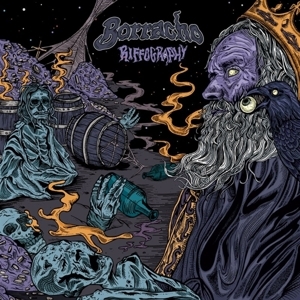Description
Vinyl Grove’s El Jefe has qualified this album as “audiophile”; the Man knows, it’s his 2014 ” Album Of The Year”:
Elvis Costello, Rhiannon Giddens, Taylor Goldsmith, Jim James & Marcus Mumford in Collaboration with a 26-Year-Old Bob Dylan
A Music Event 47 Years In The Making Produced By T Bone Burnett
Recording is complete for Lost On The River: The New Basement Tapes, an album project from Elvis Costello, Rhiannon Giddens (Carolina Chocolate Drops) Taylor Goldsmith (Dawes), Jim James (My Morning Jacket), Marcus Mumford (Mumford & Sons) and producer T Bone Burnett, who joined forces at Capitol Studios to create music for nearly two-dozen recently discovered lyrics written by Bob Dylan in 1967 during the period that generated the recording of the legendary Basement Tapes.
Bob Dylan’s original Basement Tapes – recorded in 1967 with musicians who would later achieve their own fame as The Band – have fascinated and enticed successive generations of musicians, fans and cultural critics for nearly five decades. This collective recorded more than a hundred songs in the basement of a small house in upstate New York that summer and fall, including dozens of newly-written future classics such as, “I Shall Be Released,” “The Mighty Quinn,” “This Wheel’s On Fire,” “You Ain’t Going Nowhere” and “Tears Of Rage.”
Lost On The River: The New Basement Tapes celebrates the discovery of new Bob Dylan lyrics from that noted 1967 period and marks a unique creative opportunity for Burnett, Costello, Giddens, Goldsmith, James and Mumford, who are bringing them to life nearly 50 years later. For Burnett, whom Dylan has entrusted with this endeavor, it was imperative to provide an environment in which these artists could thrive. “Great music is best created when a community of artists gets together for the common good. There is a deep well of generosity and support in the room at all times, and that reflects the tremendous generosity shown by Bob in sharing these lyrics with us.”
Bob Dylan is universally regarded as one of the world’s most popular and acclaimed songwriters, musicians and performers, having sold more than 125 million albums and performed literally thousands of shows around the world spanning six decades. His influence and impact on our culture is unparalleled, and his artistic output of recordings and songs are both cultural landmarks and the genesis of countless great songwriters and musicians that have emerged in the decades since Dylan exploded onto the global stage.
Having transformed music and culture during the preceding five years, Dylan had reached unparalleled heights by the mid-1960s through the release of three historic albums, the groundbreaking single, “Like A Rolling Stone,” a controversial and legendary ‘electric’ performance at the Newport Folk Festival and wildly polarizing tours of the United States, Europe and the United Kingdom. Dylan’s mercurial rise and prodigious body of work in that decade came to an abrupt end in July, 1966 when he was reported to be nearly killed in a motorcycle accident in upstate New York.
Recovering from his injuries and away from the public eye for the first time in years, Dylan ensconced himself, along with Robbie Robertson, Rick Danko, Richard Manuel and Garth Hudson, in the basement of a small house in West Saugerties, New York – dubbed “Big Pink” by the group. This collective recorded more than a hundred songs over the next several months – traditional covers, wry and humorous ditties, off-the cuff performances.
When rumors and rare acetates of some of these recordings began surfacing, it created a curiosity strong enough to fuel an entirely new segment of the music business: the bootleg record. In 1969 an album mysteriously titled Great White Wonder began showing up in record shops around the country, and the music from that summer of 1967 started seeping into the fabric of our culture and penetrating the souls of music lovers everywhere. With each passing year, more and more fans sought out this rare contraband, desperate to hear new music from the legendary Bob Dylan. The actual recordings, however, remained commercially unavailable until 1975, when Columbia Records released a scant 16 of them on The Basement Tapes album.
The decades since these legendary recordings were made in that West Saugerties basement have seen publication of countless books and articles on the influence and importance of The Basement Tapes, and all surviving material from those sessions had been long thought released. Lost On The River: The New Basement Tapes marks the discovery of new Bob Dylan songs from that 1967 period and a creative highpoint for five contemporary artists and the legendary producer who will bring them to life nearly 50 years later.









